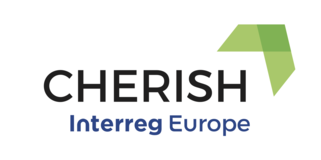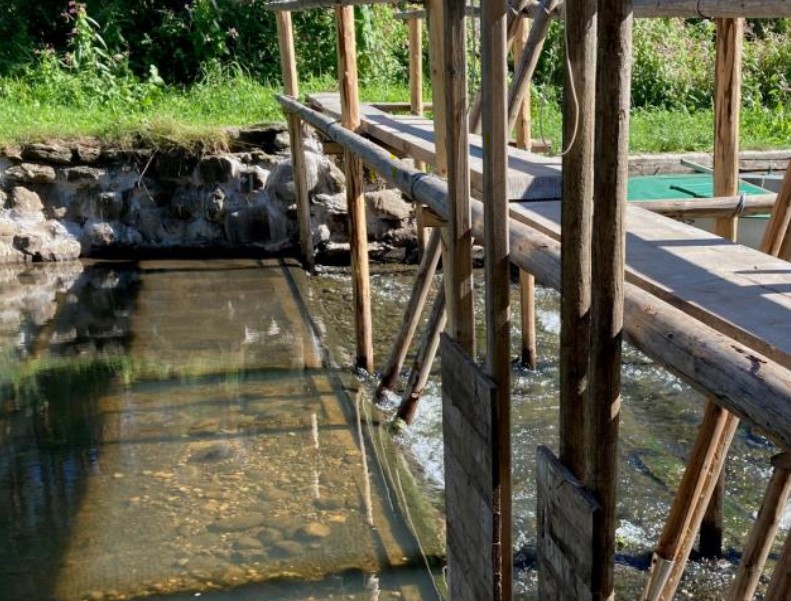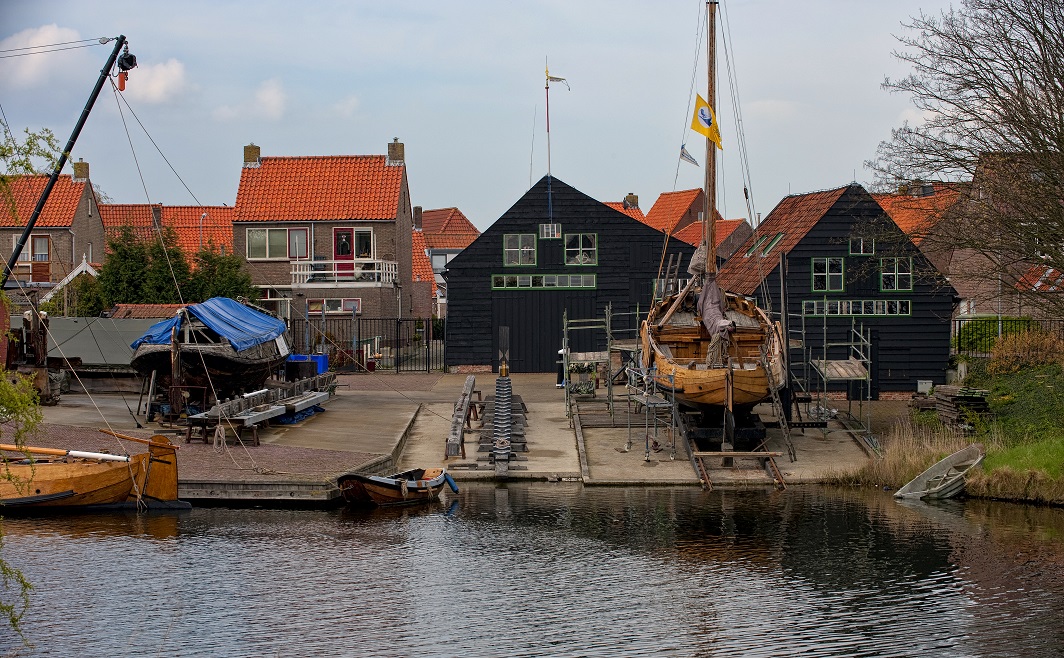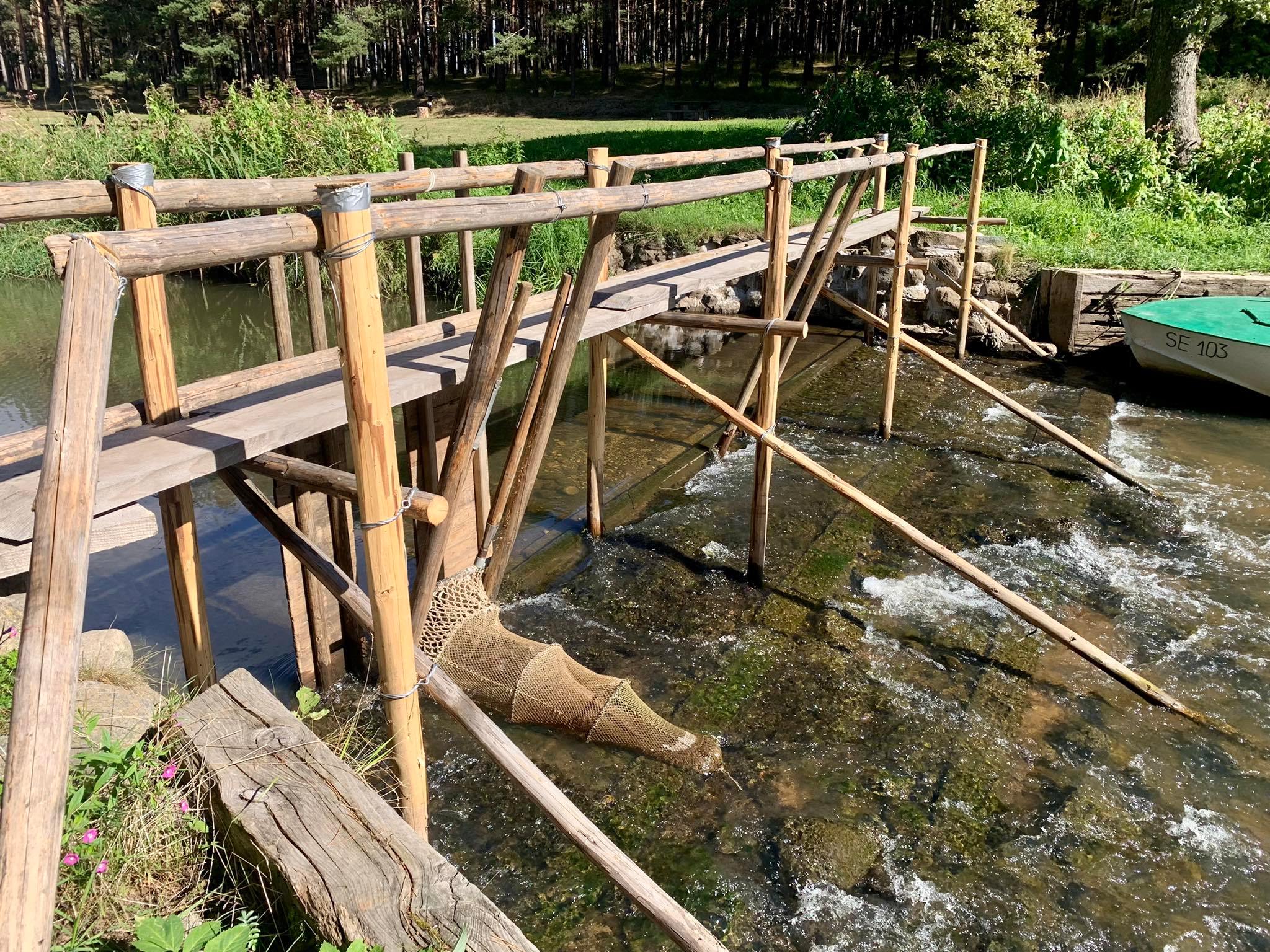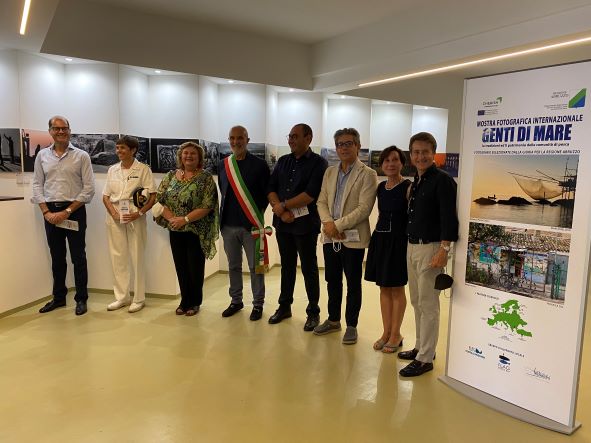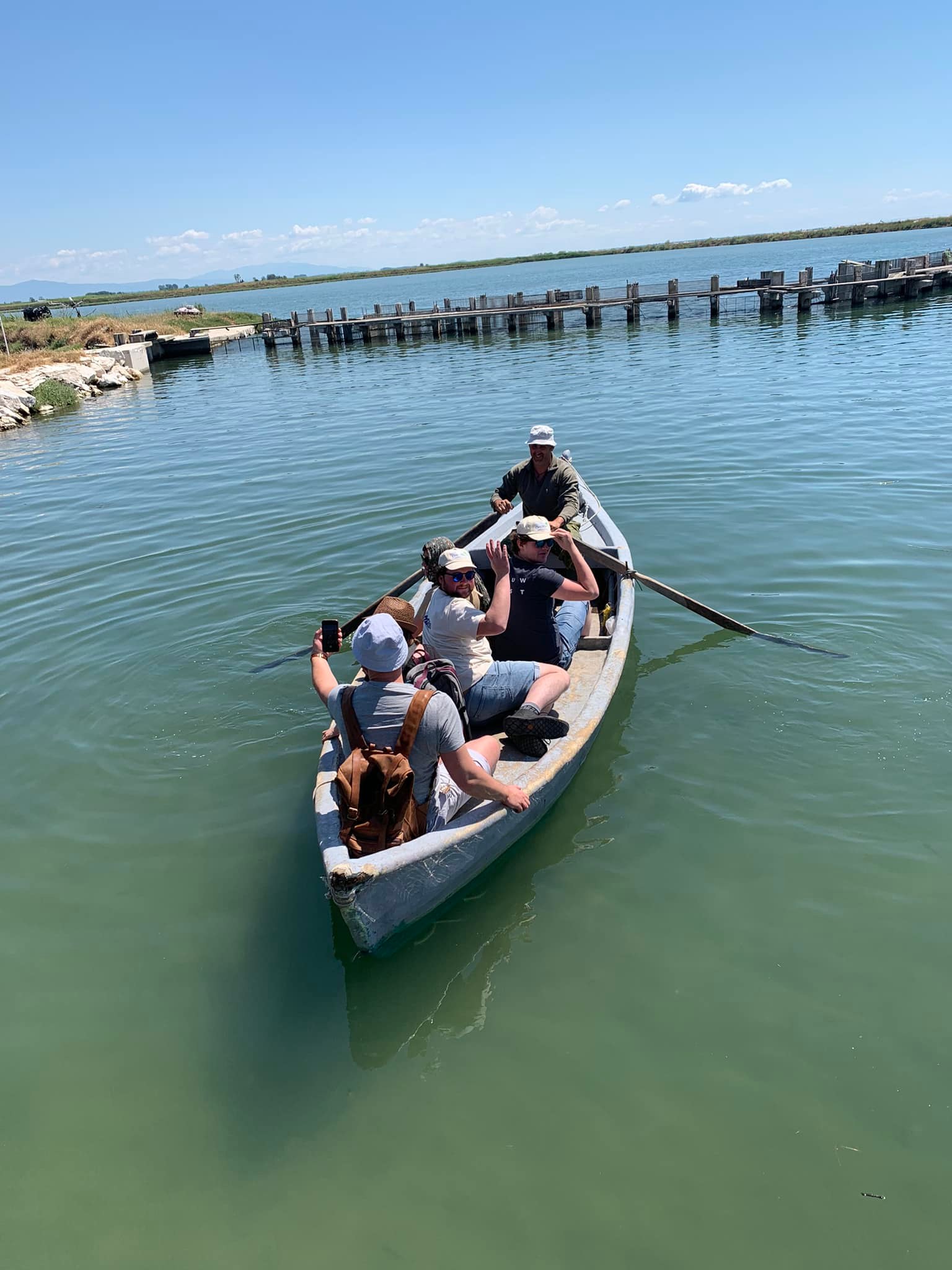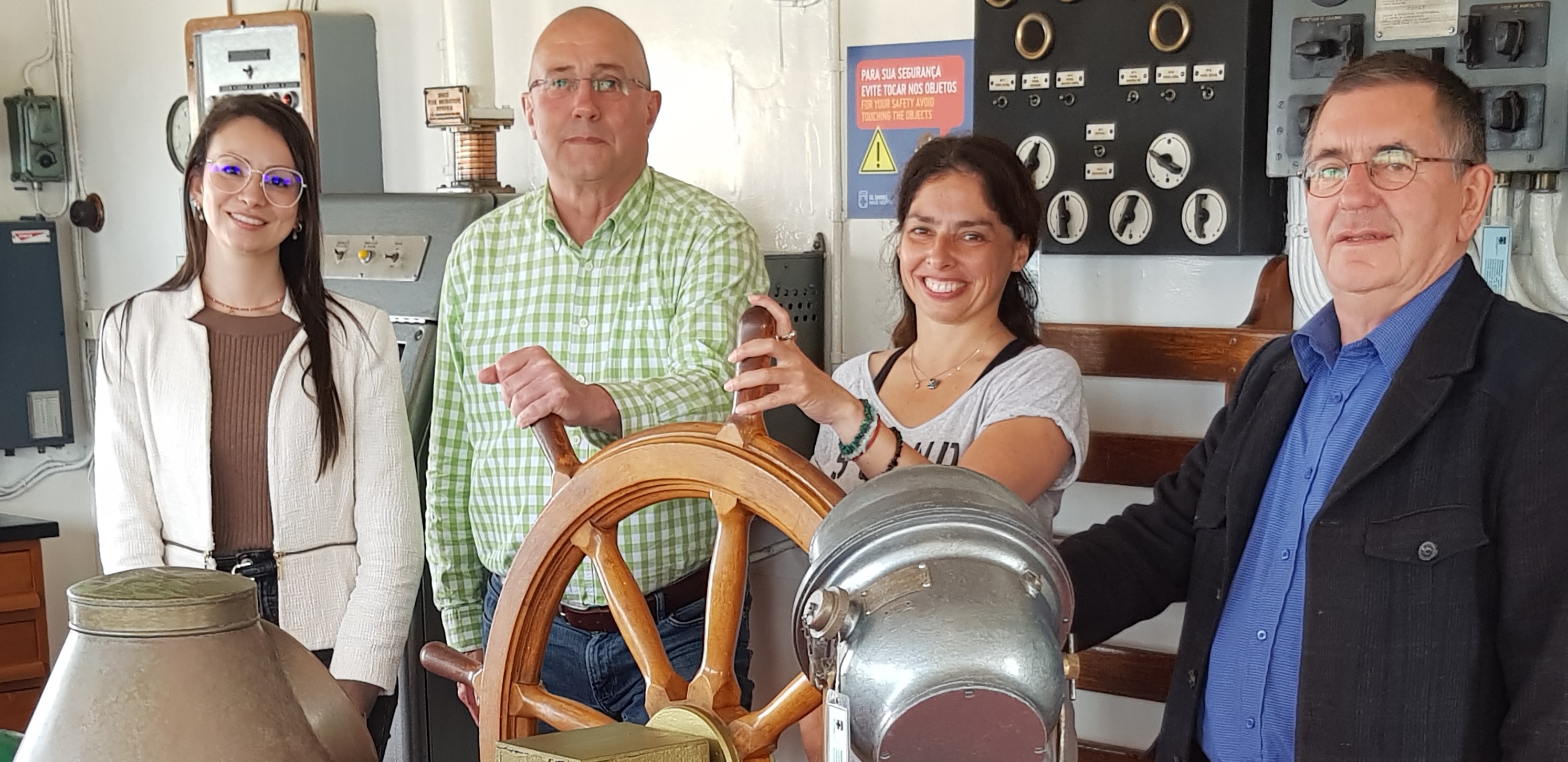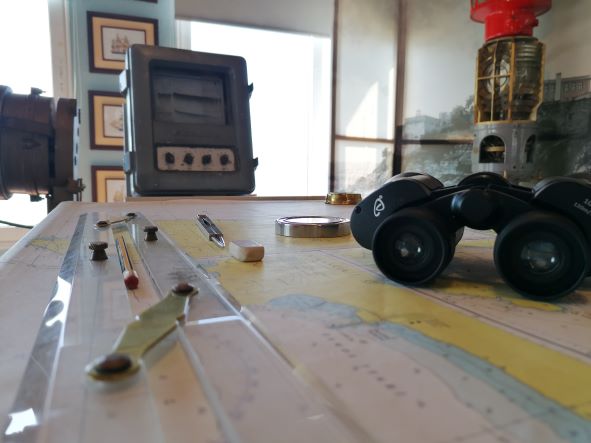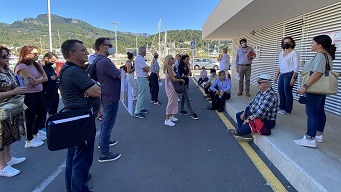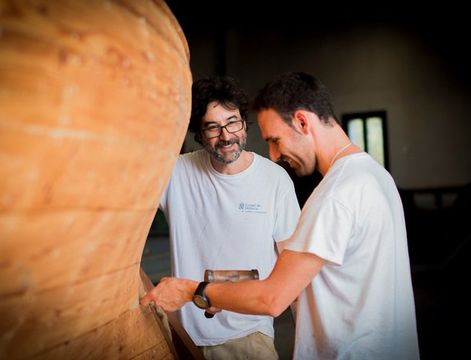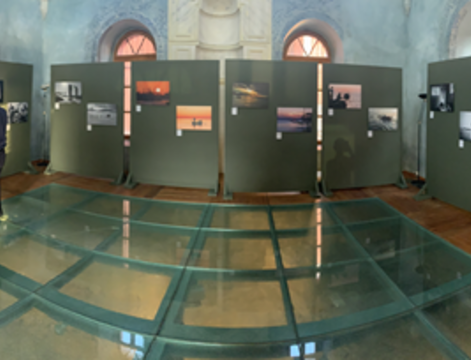Riga region fishing cultural heritage presented and discussed online in CHERISH partners webinar
On 27-28 October 2020, Riga Planning Region held an online meeting gathering all CHERISH partners to present their coastal fishing cultural heritage good practices in the region – a local cultural heritage centre of coastal municipality, catching and preparation traditions of the lamprey and special activities of local action groups to help preserve and promote this cultural heritage.
One of the good examples is related to using unique coastal fish – lamprey; its catching and cooking tradition into building the identity of the coastal territory, protecting and promoting local fishing cultural heritage. Lamprey are caught and cooked, sold to visitors in two municipalities of the region: Salacgrīva and Carnikava. Only in Salacgriva nowadays a weir is still used for lamprey catching - a unique fishing technique with many centuries old history. The Salcgriva lamprey weir is a specially constructed footbridge, from which lamprey weirs are immersed in the river stream and lamprey catching takes place.

Whereas in Carnikava municipality, a Lamprey Festival is organized every year in August attracting up to 30 000 visitors thus bringing into focus and honouring the ancient tradition of lamprey catching and preparation. Carnikava has succeeded in registering the trademark of Carnikavas nēģi/Carnikava Lamprey under the European Register of Protected Geographical Indications. This exemplifies how lamprey has become a strong symbol of regions’ coastal fishing communities, is a unique selling point, attracts visitors and promotes local identity of local community.

The second good practice showcased the Carnikava Cultural Heritage and History Center - a museum that keeps and promotes history and lifestyle of coastal municipality. It is also a centre of community events and activities. The center is located in a special building that is a cultural and historical testimony to the fishing heritage - a copy of the classic 19th century Vidzeme fishermen's house. Today, the center has become a symbol of fishing heritage - you can learn about local fishing traditions and look at the life history of fishermen, reveal the secrets of ancient buildings and families through photos and family stories, as well as learn more about the Carnikava symbol - lamprey and its catching and processing traditions. At the same time, it is not just a museum, but a center of cultural life that unites fishermen of different generations, children and society as a whole. During the COVID-19 lockdown the museum made videos in order for visitors to be guided online.
The third good practice story is based on initiatives of fisheries local action groups (FLAGS) as active community cooperation platforms to preserve the fishing heritage for next generations. Through different types of coastal development initiatives based on local development strategies, the cooperation concentrates on documenting and promotion of coastal fishing cultural heritage, facilitating building the local identity into attractiveness of coastal communities, linking local values to promoting the tourism and development of new products based on local skills and resources. In order to do this, the support of local leaders and decision-makers as well as the advocacy of ideas at the municipal and the state level are also important, so traditions are kept alive and integrated into economic activities. This is how joint projects dedicated to tourism have been created. The groups are active - they bring together activists and experts. FLAGS are active stakeholders in the CHERISH project.
The online webinar presenting and discussing Riga region good practice examples was extremely important for continued exchange of knowledge and experience among CHERISH partners. The meeting proved to be inspiration with valuable inputs from all CHERISH partners for further work for fishing cultural heritage in Riga region in this pandemic time where physically partners cannot meet and exchange to proceed with their Action Plans and regional activities. On the second day the Steering Committee meeting was held as well with one of the main meeting point about Covid-19 impact on the project.
We are looking forwards to the next exchanges and activities!
Videos of the interviews with the stakeholders of the three good practices can be viewed via the CHERISH YouTube Channel.
